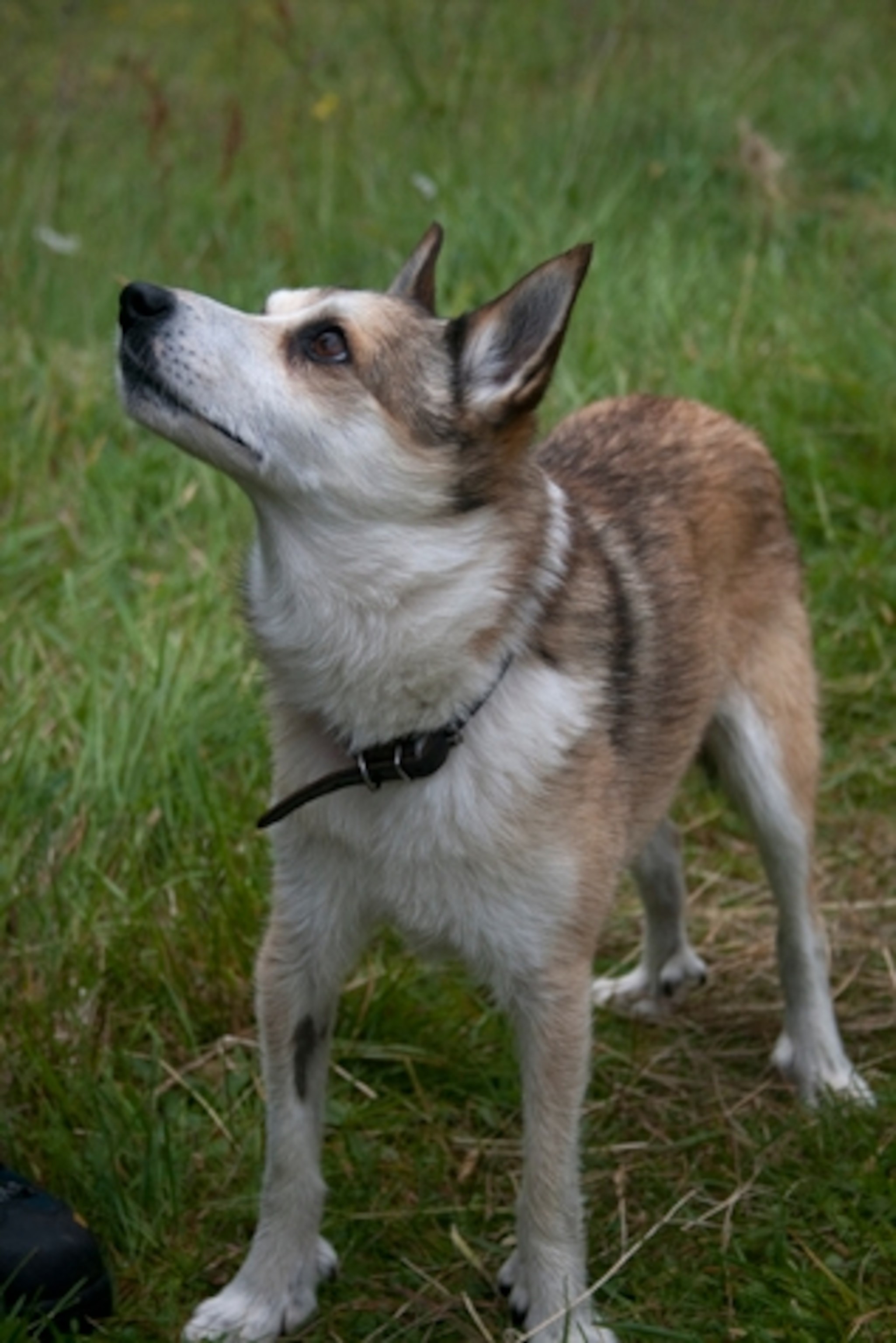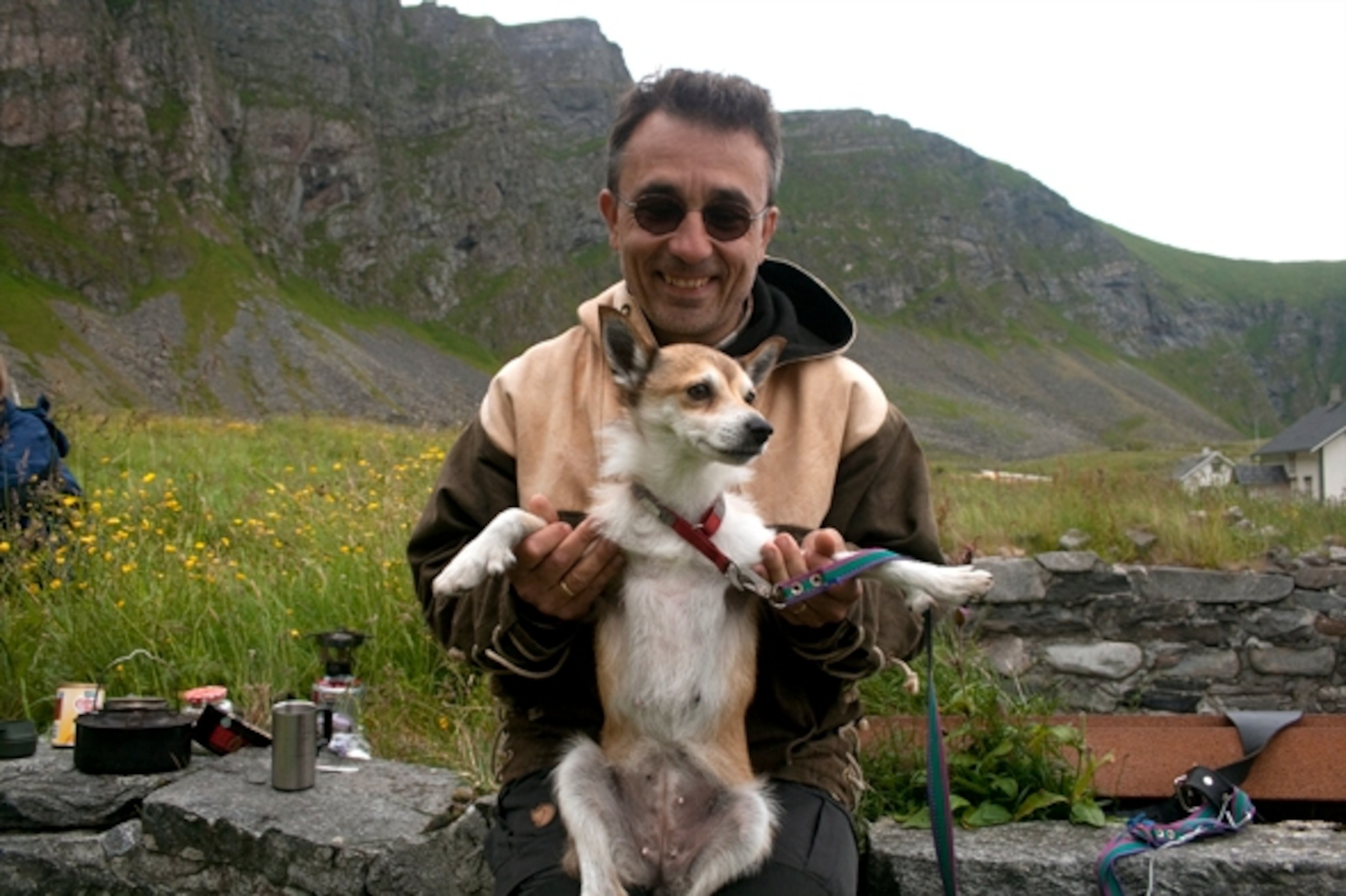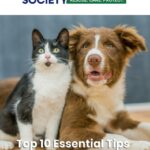Owning a puffin as a pet is generally not possible due to legal protections and the specific care requirements of these wild birds, but at PETS.EDU.VN, we can offer you alternatives, such as information on pet birds that are legal and suitable for domestic life, alongside guidance on ethical pet ownership and conservation. With our expertise, you’ll learn about responsible pet care, ensuring the well-being of animals while respecting wildlife conservation efforts.
At PETS.EDU.VN, we recognize your interest in unique animals and are here to guide you toward making informed, ethical decisions about pet ownership, complete with valuable tips for new pet owners, detailed insights into animal health, and advanced nutritional advice.
1. Understanding Puffins: A Unique Seabird
Puffins, with their brightly colored beaks and charismatic appearance, are captivating seabirds, making them fascinating subjects for nature enthusiasts. However, these birds have very specific needs, and it’s crucial to understand their natural habitat and behaviors before considering keeping them as pets.
1.1. What Are Puffins?
Puffins are small, stocky seabirds known for their striking appearance, particularly their brightly colored beaks during the breeding season. There are three main species of puffins: the Atlantic Puffin Fratercula arctica, the Horned Puffin Fratercula corniculata, and the Tufted Puffin Fratercula cirrhata.
- Atlantic Puffin: Found in the North Atlantic Ocean, they are the most familiar puffin species.
- Horned Puffin: Inhabits the North Pacific, recognized by the fleshy “horn” above their eyes.
- Tufted Puffin: Also found in the North Pacific, distinguished by its long, blonde tufts of feathers during breeding season.
1.2. Natural Habitat and Behavior
Puffins are highly social birds, nesting in large colonies on coastal cliffs and islands. Their diet primarily consists of small fish, which they catch through diving. They spend most of their lives at sea, only coming to land to breed.
- Habitat: Rocky cliffs and islands in cold ocean environments.
- Social Behavior: Live in large colonies, often with thousands of individuals.
- Diet: Primarily small fish like herring, sand eels, and capelin.
- Nesting: Burrow in soil or nest in rock crevices.
1.3. Conservation Status
Many puffin populations face significant threats, including climate change, overfishing, and habitat destruction. Their conservation status varies by species and region, but many populations are declining.
- Threats: Climate change affecting fish stocks, pollution, and predation.
- Conservation Efforts: Protected by laws and conservation initiatives in various countries.
- Population Trends: Some populations are stable, while others are declining, raising concerns among conservationists.
2. Legal Aspects of Owning a Puffin
Given their conservation status and the ecological role they play, owning a puffin is heavily restricted and generally illegal in most parts of the world.
2.1. International Laws and Regulations
International laws, such as the Convention on International Trade in Endangered Species of Wild Fauna and Flora (CITES), regulate the trade of many wild species, including puffins. These regulations aim to protect vulnerable species from overexploitation.
- CITES: Restricts or prohibits the international trade of listed species to protect them from endangerment.
- Migratory Bird Treaty Act (MBTA): In the United States, the MBTA protects migratory birds, including puffins, making it illegal to take, possess, import, export, sell, purchase, or barter any migratory bird, their parts, nests, or eggs without a valid permit.
- European Union Directives: The EU Birds Directive provides a framework for the conservation of all wild bird species naturally occurring in the European Union, which includes measures to protect puffins and their habitats.
2.2. Country-Specific Legislation
Different countries have their own laws regarding the protection of wildlife. In many countries where puffins are native, they are protected species, and it is illegal to keep them as pets.
| Country | Legislation |
|---|---|
| Norway | Puffins are protected under the Norwegian Nature Conservation Act. It is illegal to capture or keep them without special permits, which are typically only granted for scientific or conservation purposes. |
| Iceland | Puffins are protected under Icelandic law. While puffin hunting is permitted under strict regulations, keeping them as pets is prohibited. |
| Canada | The Migratory Birds Convention Act protects puffins in Canada. It is illegal to possess a puffin without a permit, which is only issued for specific scientific or conservation activities. |
| United Kingdom | Puffins are protected under the Wildlife and Countryside Act 1981. It is illegal to intentionally kill, injure, or take a puffin, or to possess one without a license. |
| United States | The Migratory Bird Treaty Act protects puffins in the U.S. It is illegal to take, possess, import, export, sell, purchase, or barter any migratory bird, their parts, nests, or eggs without a valid permit. |


2.3. Penalties for Illegal Possession
The penalties for illegally possessing a puffin can be severe, including hefty fines, confiscation of the animal, and even imprisonment, depending on the jurisdiction and the severity of the offense.
- Fines: Can range from hundreds to thousands of dollars or euros.
- Confiscation: The bird will be seized and returned to its natural habitat or a conservation facility.
- Imprisonment: In some cases, particularly for repeat offenders or those involved in illegal wildlife trade, jail time may be imposed.
3. Ethical Considerations of Keeping Puffins as Pets
Even if it were legal to own a puffin, ethical considerations weigh heavily against it. Puffins are wild animals with specific needs that are nearly impossible to meet in a domestic setting.
3.1. Welfare of Wild Animals
Wild animals have evolved to thrive in their natural environments. Keeping them in captivity can lead to stress, behavioral problems, and a reduced quality of life.
- Stress: Confinement and lack of natural behaviors can cause chronic stress.
- Behavioral Issues: Captivity can lead to abnormal behaviors like feather plucking or repetitive movements.
- Reduced Lifespan: Wild animals often have shorter lifespans in captivity compared to their wild counterparts.
3.2. Specific Needs of Puffins
Puffins have very specific dietary, environmental, and social needs that are difficult to replicate in captivity.
- Diet: Puffins require a diet of small, live fish, which can be challenging and expensive to provide.
- Environment: They need access to large bodies of saltwater for swimming and diving, as well as suitable nesting areas.
- Social Interaction: Puffins are social birds and need to live in colonies to thrive. Keeping one isolated can lead to significant distress.
3.3. Conservation Impact
Removing puffins from their natural habitat can negatively impact wild populations, especially if the birds are taken from breeding colonies.
- Population Decline: Removing individuals can reduce the breeding success of the colony.
- Disruption of Ecosystems: Puffins play a role in their ecosystems, and their removal can have cascading effects on the food web.
- Encouraging Illegal Trade: Keeping puffins as pets can create a demand for these birds, fueling illegal wildlife trade.
4. The Practical Challenges of Caring for a Puffin
Even if one were to overcome the legal and ethical hurdles, the practical challenges of caring for a puffin are immense.
4.1. Dietary Requirements
Puffins eat primarily small fish, and providing a consistent supply of fresh, live fish can be incredibly difficult and expensive.
- Type of Fish: Puffins prefer fish like herring, sand eels, and capelin.
- Quantity: An adult puffin can eat up to 20 fish per day.
- Sourcing: Finding a reliable source of these specific types of fish can be a major challenge.
4.2. Habitat and Environmental Needs
Puffins need a cold, marine environment with access to deep water for diving. Replicating this in a domestic setting is nearly impossible.
- Water Access: They need a large pool or tank with saltwater deep enough for diving.
- Temperature Control: Puffins are adapted to cold climates and require a controlled environment to prevent overheating.
- Nesting Areas: They need suitable nesting areas, such as burrows or rock crevices, to feel secure.
4.3. Veterinary Care
Finding a veterinarian with experience treating seabirds can be difficult, and puffins are susceptible to a range of health issues that require specialized care.
- Specialized Vets: Most general practice vets lack the expertise to treat seabirds.
- Common Health Issues: Puffins can suffer from parasitic infections, respiratory problems, and injuries from improper environments.
- Preventative Care: Regular check-ups and preventative treatments are essential to maintaining their health.
5. Alternatives to Owning a Puffin
For those fascinated by puffins, there are many ethical and legal ways to appreciate these birds without keeping them as pets.
5.1. Birdwatching and Ecotourism
Visiting puffin colonies in their natural habitat is a great way to see these birds up close while supporting conservation efforts.
- Popular Destinations: Iceland, Norway, Scotland, and Newfoundland are popular places to see puffins.
- Responsible Tourism: Choose tour operators that follow ethical guidelines and minimize disturbance to the birds.
- Educational Opportunities: Many tours offer educational information about puffins and their conservation.
5.2. Supporting Conservation Organizations
Donating to or volunteering with organizations that work to protect puffins and their habitats is a meaningful way to contribute to their survival.
- Organizations to Support: The National Audubon Society, the Royal Society for the Protection of Birds (RSPB), and local conservation groups.
- Volunteer Opportunities: Assist with habitat restoration, monitoring bird populations, and educating the public.
- Financial Contributions: Donations can support research, conservation projects, and advocacy efforts.
5.3. Learning and Education
Engaging with educational resources, such as books, documentaries, and online courses, can deepen your understanding of puffins and their ecosystems.
- Books and Articles: Read scientific articles and books about puffins and seabird conservation.
- Documentaries: Watch documentaries that showcase the lives of puffins and the challenges they face.
- Online Courses: Take online courses in ornithology or conservation biology to learn more about these fascinating birds.
6. Understanding the Norwegian Lundehund: The Puffin Dog
The Norwegian Lundehund, also known as the Puffin Dog, has a fascinating history intricately linked to puffin hunting. This breed’s unique physical traits and hunting techniques make it a standout in the canine world. While you can’t own a puffin, understanding this breed offers insight into the historical relationship between humans and puffins.
6.1. History and Purpose
The Lundehund was originally bred to hunt puffins on the remote cliffs of Norway. Their agility and unique physical characteristics allowed them to access the birds’ nesting sites in narrow crevices and burrows.
- Origins: Developed in the Lofoten Islands of Norway.
- Primary Use: Hunting puffins for meat and eggs.
- Historical Significance: Essential to the survival of communities in remote coastal areas.
6.2. Unique Physical Characteristics
Lundehunds possess several distinctive traits that made them exceptional puffin hunters.
- Six Toes: Each foot has six fully functional toes, providing extra grip on slippery rocks.
- Flexible Joints: They can bend their necks backward to touch their backs and rotate their front legs almost 90 degrees, allowing them to navigate narrow passages.
- Ear Control: They can close their ears to prevent dirt and debris from entering while burrowing.
6.3. Modern Role and Conservation
Today, puffin hunting is largely restricted, and the Lundehund’s role has shifted to that of a companion animal. However, the breed remains rare and requires dedicated conservation efforts to ensure its survival.
- Current Status: Primarily kept as pets and show dogs.
- Breed Conservation: Active efforts to maintain genetic diversity and prevent health issues.
- Unique Heritage: Preserving the breed’s history and unique adaptations.
7. Alternative Pet Birds to Consider
If you’re drawn to birds but understand the ethical and legal issues surrounding puffins, consider these alternative pet birds that are suitable for domestic life.
7.1. Budgerigars (Parakeets)
Budgies are small, colorful parrots that are easy to care for and can be very affectionate.
- Care Requirements: Need a spacious cage, a varied diet of seeds and vegetables, and plenty of social interaction.
- Temperament: Playful, curious, and can be trained to talk and perform tricks.
- Legal Status: Widely available and legal to own in most places.
7.2. Cockatiels
Cockatiels are larger than budgies but still relatively easy to care for. They are known for their distinctive crest and gentle nature.
- Care Requirements: Need a larger cage, a balanced diet, and regular interaction.
- Temperament: Social, intelligent, and can be trained to whistle and mimic sounds.
- Legal Status: Legal to own in most areas, but check local regulations.
7.3. Canaries
Canaries are popular for their beautiful songs and relatively low-maintenance care.
- Care Requirements: Need a clean cage, a diet of seeds and greens, and a quiet environment.
- Temperament: Independent but enjoy singing and observing their surroundings.
- Legal Status: Legal to own in most places, making them an accessible choice.
8. Ethical Pet Ownership: A Broader Perspective
Choosing to bring any animal into your life as a pet is a significant decision that requires careful consideration of the animal’s needs and your ability to meet them.
8.1. Researching Pet Needs
Before getting a pet, research their specific needs, including diet, habitat, social interaction, and veterinary care.
- Species-Specific Needs: Understand the unique requirements of the species you are considering.
- Lifespan: Be prepared to commit to the animal for its entire lifespan.
- Financial Considerations: Factor in the costs of food, housing, veterinary care, and other expenses.
8.2. Providing Proper Care
Ensure that you can provide a safe, healthy, and enriching environment for your pet.
- Nutrition: Feed your pet a balanced diet that meets their nutritional needs.
- Environment: Provide a comfortable and stimulating habitat.
- Veterinary Care: Schedule regular check-ups and address any health issues promptly.
8.3. Supporting Animal Welfare
Support organizations that promote animal welfare and responsible pet ownership.
- Adoption: Consider adopting a pet from a shelter or rescue organization.
- Responsible Breeding: If buying from a breeder, choose one who prioritizes the health and welfare of their animals.
- Advocacy: Support policies that protect animals and promote ethical treatment.
9. Puffins in Culture and Media
Puffins have captured the public’s imagination and are often featured in media and cultural representations.
9.1. Puffins as Symbols
Puffins symbolize the rugged beauty of coastal regions and are often used in tourism and conservation campaigns.
- Tourism: Puffins are popular attractions in coastal areas, drawing tourists and boosting local economies.
- Conservation: They serve as flagship species for marine conservation efforts.
- Cultural Significance: Puffins hold cultural significance in some communities, appearing in folklore and art.
9.2. Puffins in Literature and Film
Puffins have appeared in various books, documentaries, and films, highlighting their unique behaviors and the challenges they face.
- Children’s Books: Puffins are often featured in children’s books, introducing young readers to these fascinating birds.
- Nature Documentaries: Documentaries showcase the lives of puffins, raising awareness about their conservation status.
- Animated Films: Puffins have appeared in animated films, bringing their charm to a wider audience.
9.3. Puffins in Art and Design
Artists and designers often draw inspiration from puffins, incorporating their distinctive features into various creations.
- Paintings and Sculptures: Artists create works that capture the beauty and character of puffins.
- Textiles and Fashion: Designers use puffin motifs in clothing and accessories.
- Graphic Design: Puffins are used in logos, posters, and other graphic designs, often to promote conservation or tourism.
10. Frequently Asked Questions (FAQ) About Puffins
Here are some common questions people have about puffins:
10.1. What Do Puffins Eat?
Puffins primarily eat small fish, such as herring, sand eels, and capelin.
10.2. Where Do Puffins Live?
Puffins live in cold, coastal regions of the North Atlantic and North Pacific Oceans.
10.3. Are Puffins Endangered?
Some puffin populations are declining due to climate change, overfishing, and habitat destruction.
10.4. How Long Do Puffins Live?
Puffins can live for 20 years or more in the wild.
10.5. Why Do Puffins Have Colorful Beaks?
Puffins have colorful beaks during the breeding season to attract mates.
10.6. Can Puffins Fly?
Yes, puffins are excellent fliers and can reach speeds of up to 55 miles per hour.
10.7. Do Puffins Migrate?
Yes, puffins migrate to their breeding colonies in the spring and summer and spend the rest of the year at sea.
10.8. How Do Puffins Build Their Nests?
Puffins build their nests in burrows or rock crevices, often in large colonies.
10.9. What Predators Do Puffins Have?
Puffin predators include gulls, foxes, and occasionally larger birds of prey.
10.10. How Can I Help Protect Puffins?
You can help protect puffins by supporting conservation organizations, practicing responsible tourism, and reducing your carbon footprint.
While owning a puffin as a pet is neither legal nor ethical, there are many ways to appreciate and support these fascinating birds. At PETS.EDU.VN, we encourage you to explore alternative pet options that are both fulfilling for you and respectful of wildlife conservation. Remember, responsible pet ownership starts with making informed decisions and providing the best possible care for your animal companions.
We at PETS.EDU.VN understand the challenges of finding reliable and accurate information about pet care. That’s why we’re dedicated to providing comprehensive resources that address your concerns and help you make the best choices for your pets. If you’re puzzled by conflicting advice on pet nutrition, health, or behavior, PETS.EDU.VN is your go-to source for expert guidance.
Ready to dive deeper into the world of pet care? Visit PETS.EDU.VN today to explore our extensive library of articles, guides, and resources. Whether you’re a new pet owner or a seasoned pro, you’ll find valuable information to help you provide the best possible life for your furry, feathered, or scaled friends.
For more information, reach out to us at 789 Paw Lane, Petville, CA 91234, United States, Whatsapp: +1 555-987-6543, or visit our website at PETS.EDU.VN. Let pets.edu.vn be your trusted partner in pet care.
